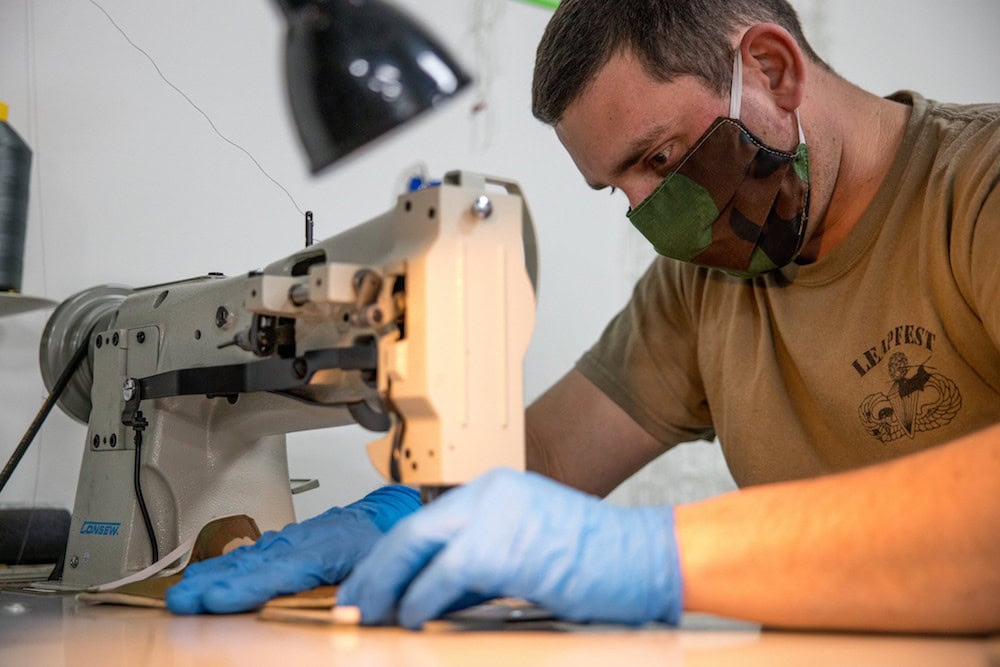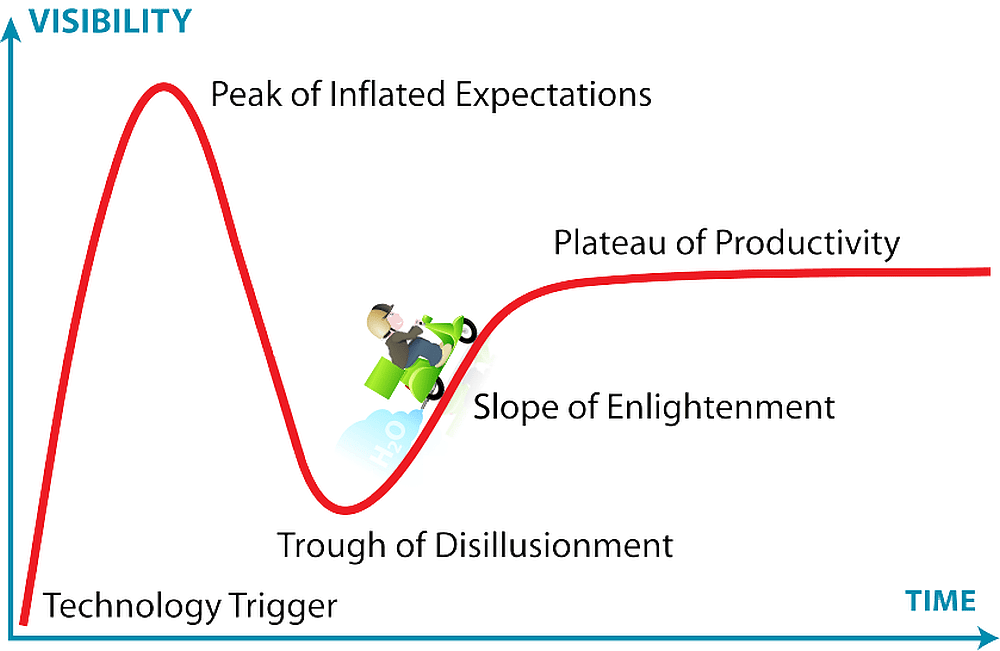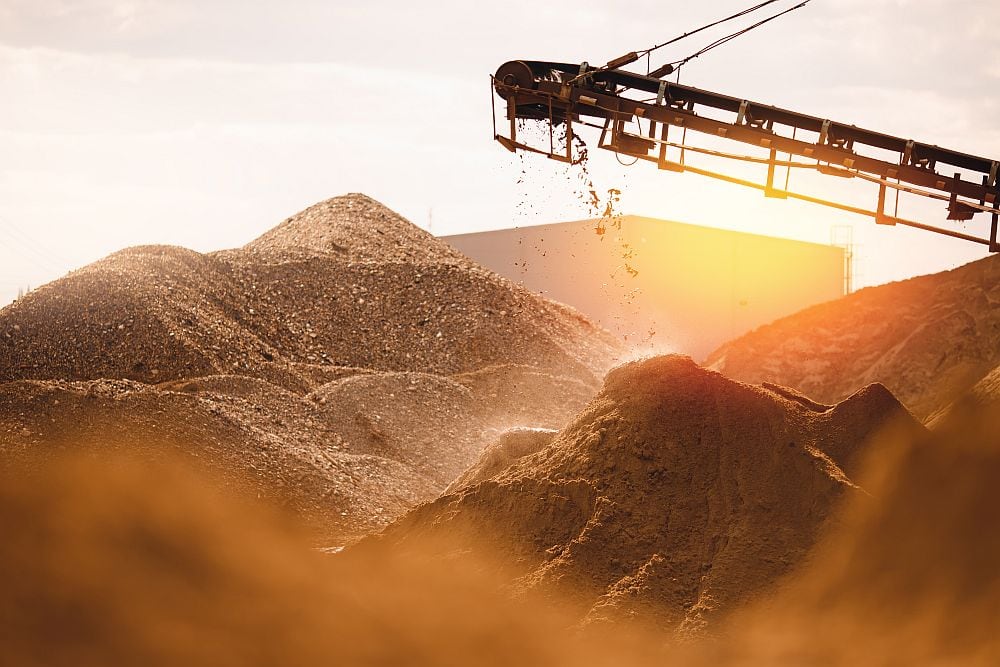
[Image above] Credit: The National Guard, Flickr (CC BY-2.0)
Let’s face it—wearing a mask has become a new normal, but having your nose and mouth covered can sometimes be uncomfortable and can be a barrier to more than just infectious agents.
While new ASTM standards are set to improve consumer knowledge about the efficacy of a given mask, there remain many masks available to consumers that are untested or make unsubstantiated claims about how well they block transmission of infectious particles.
So despite being well over a year-deep into the COVID-19 pandemic, there still is plenty of room for improvement in terms of performance and utility of everyday consumer face masks.
With that in mind, U.S. government agencies have partnered to host an open innovation challenge to build a better face mask—and they are backing winning ideas with $500,000 in prize money.
Hosted by the Department of Health and Human Services’ Biomedical Advanced Research and Development Authority (BARDA), along with the National Institute for Occupational Safety and Health (NIOSH) within the Centers for Disease Control and Prevention, the Building Tomorrow’s Mask challenge seeks to overcome some of the standard barriers that prevent people from wearing nonmedical masks, including discomfort, fogged eyeglasses, contact dermatitis (aka maskne), and difficulty communicating.
The challenge also notes my frustration with many existing masks in terms of their lack of information about efficacy or their lack of scientific evidence to back up claims about purported effectiveness. “Overall, there is a need to develop better designs, materials, and technologies that are more acceptable to wearers and that ensure quantified measures of performance,” the challenge website states.
While some may be inspired to concoct an over-the-top design that will cost hundreds of dollars—and come equipped with Bluetooth earbuds, dual 3-speed fans, and HEPA filters, for example—the challenge is instead looking for solutions that are mass producible and low cost, directed toward the general public rather than niche specialty markets.
The Building Tomorrow’s Mask challenge seeks to both improve upon existing masks and “accelerate the development of the next generation of masks” by improving the comfort, utility, and protection offered by everyday face masks.
The challenge is divided into separate design and proof-of-concept stages. Phase 1, the design phase, is currently open and accepting design applications through April 21. Designs can either improve upon an existing mask design or can propose entirely new designs or materials that haven’t yet been incorporated into face masks.
While Phase 1 only requires a design, not a prototype, up to 10 winning designs will be selected to progress to Phase 2 of the challenge. (Submission can be made directly to Phase 2 as well, without submitting a design in Phase 1.) Phase 2 will then assess proof-of-concept, gauging the functionality of submissions per the following listed challenge criteria:
Achieve filtration efficiency ≥20% against a sodium chloride (NaCl) aerosol challenge with a count median diameter of 75 ± 20 nm and a geometric standard deviation of 1.86 at a flowrate of 85 ± 4 Lpm. If the specimen lies flat in the filter holder, the flowrate will be adjusted to achieve a face velocity of 10 cm/sec.
Achieve inhalation airflow resistance of ≤15 mm H2O at a flowrate of 85 ± 4 Lpm. If the specimen lies flat in the filter holder, the flowrate will be adjusted to achieve a face velocity of 10 cm/sec.
Ability to reduce inward leakage of particles into the breathing zone across the interface of the device and the face. The testing may be performed using people or a manikin headform.
Other criteria as deemed necessary in later phases.
Building Tomorrow’s Mask
The entire challenge is expected to last at least six months, with a third phase also possible.
Technical reviewers from the government, academia, industry, and other relevant sectors will judge the submissions, scoring them on how technically feasible the masks are in terms of both user application and production; how well the submissions use innovative strategies to improve mask efficiency and its comfortableness; how well submissions address barriers to use; and overall how sound the submissions are to produce feasible solutions to improve face masks.
So can you incorporate your materials science and engineering know-how to build tomorrow’s face mask?
If so, your idea might be gold, as the entire challenge will award $500,000 in prize money—10 winning designs from Phase 1 will each receive $10,000, and $400,000 will be awarded in Phase 2 to up to 5 winning proof-of-concept submissions.
See the challenge website for full details and challenge rules.
Author
April Gocha
CTT Categories
- Market Insights
- Material Innovations


